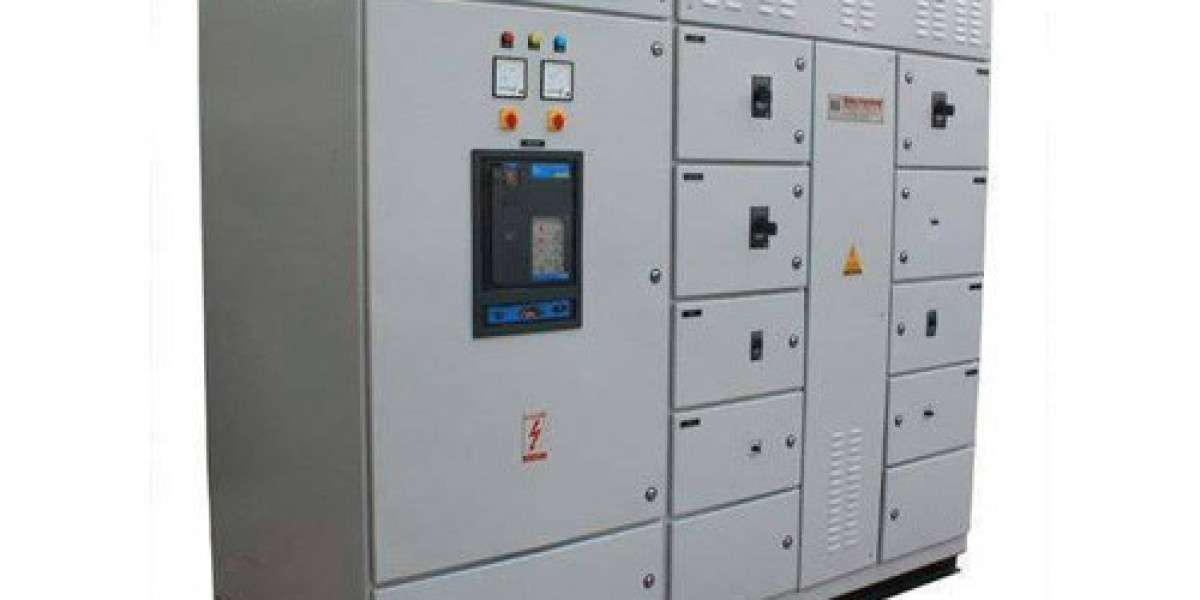Utility pole transformers play a crucial role in the modern electrical grid. They are integral components that ensure the efficient and reliable distribution of electrical power to residential, commercial, and industrial areas. At Meta Power Solutions, we understand the importance of these devices and their impact on daily operations. This guide provides a detailed look into utility pole transformers, their functions, types, and benefits.
Understanding Utility Pole Transformers
Utility pole transformers are electrical devices mounted on utility poles. They are designed to step down high-voltage electricity from transmission lines to a lower voltage suitable for use in homes and businesses. This process of voltage reduction is critical to ensure that electricity can be safely and efficiently distributed across long distances and various applications.
Functionality of Utility Pole Transformers
Utility pole transformers work on the principle of electromagnetic induction. They consist of two main coils—primary and secondary—wound around a core. The primary coil is connected to the high-voltage transmission line, while the secondary coil is connected to the lower-voltage distribution lines. The voltage reduction occurs as electricity flows through the primary coil, generating a magnetic field that induces a lower voltage in the secondary coil.
Types of Utility Pole Transformers
Utility pole transformers come in various types, each suited to different applications. Understanding these types can help in selecting the appropriate transformer for specific needs.
1. Single-Phase Transformers
Single-phase transformers are commonly used in residential areas. They are ideal for small-scale applications where the power demand is relatively low. These transformers provide a straightforward solution for stepping down voltage and are generally less expensive than their three-phase counterparts.
2. Three-Phase Transformers
Three-phase transformers are used in commercial and industrial settings where higher power capacities are required. They provide a more stable and efficient power supply, making them suitable for environments with high power demands. These transformers are more complex and expensive but are essential for large-scale power distribution.
3. Pole-Mounted vs. Pad-Mounted Transformers
Pole-Mounted Transformers: These are mounted directly onto utility poles and are typically used in areas where space is limited. They are more visible and accessible, making maintenance and repairs easier.
Pad-Mounted Transformers: These transformers are installed on a concrete pad at ground level. They are often used in areas where aesthetics are a concern or where pole mounting is impractical. Pad-mounted transformers are more discreet and protected from environmental factors.
Key Benefits of Utility Pole Transformers
Utility pole transformers offer several advantages that enhance the efficiency and reliability of power distribution systems.
1. Improved Voltage Regulation
By stepping down the voltage to a safer level, utility pole transformers ensure that electrical equipment operates within its designed voltage range. This regulation helps prevent damage to appliances and reduces the risk of electrical faults.
2. Enhanced Safety
Utility pole transformers contribute to electrical safety by reducing the high voltage present on transmission lines. This lower voltage is safer for residential and commercial use, minimizing the risk of electrical accidents and fires.
3. Efficient Power Distribution
Transformers enable the efficient distribution of electricity over long distances. By lowering the voltage for local distribution, they reduce power loss and ensure that electrical energy reaches end-users with minimal wastage.
4. Reliability and Durability
Utility pole transformers are built to withstand harsh environmental conditions. They are designed for durability, with robust construction materials that protect against weather, physical damage, and other external factors. This reliability ensures continuous power supply and reduces the likelihood of service interruptions.
Maintenance and Troubleshooting
Regular maintenance is essential to ensure the longevity and optimal performance of utility pole transformers. Key maintenance activities include:
1. Routine Inspections
Regular inspections help identify potential issues before they become significant problems. Technicians should check for signs of wear, leaks, and other abnormalities. Routine inspections also involve testing electrical connections and verifying the transformer’s operational parameters.
2. Cleaning and Lubrication
Keeping the transformer clean and properly lubricated is crucial for smooth operation. Dust and debris can interfere with the transformer’s performance, while lubrication ensures that moving parts function correctly.
3. Monitoring Temperature
Transformers operate efficiently within a specific temperature range. Overheating can indicate underlying issues, such as overloading or cooling system failures. Monitoring the temperature helps prevent damage and ensures the transformer remains within safe operating conditions.
4. Addressing Faults
In case of a fault or malfunction, prompt troubleshooting is necessary. Common issues include insulation failure, short circuits, and voltage imbalances. Technicians should use diagnostic tools to pinpoint the problem and carry out necessary repairs or replacements.
Choosing the Right Utility Pole Transformer
Selecting the appropriate utility pole transformer involves several considerations:
1. Power Requirements
Determine the power requirements based on the load and demand of the area to be served. Transformers are available in various capacities, and choosing the right one ensures efficient performance and prevents overloading.
2. Voltage Specifications
Ensure that the transformer meets the voltage specifications required for both the primary and secondary circuits. Proper voltage matching is crucial for effective voltage reduction and system compatibility.
3. Environmental Conditions
Consider the environmental conditions where the transformer will be installed. Factors such as temperature extremes, humidity, and exposure to corrosive elements can affect the transformer's performance and longevity.
4. Installation and Maintenance
Assess the installation and maintenance requirements of the transformer. Ensure that the chosen transformer is suitable for the installation site and that maintenance can be performed efficiently.
Conclusion
Utility pole transformers are essential components of the electrical distribution system, providing crucial functions that ensure safe and efficient power delivery. At Meta Power Solutions, we emphasize the importance of understanding these transformers' roles, types, and benefits to make informed decisions about power distribution infrastructure. By selecting the right transformer and maintaining it properly, you can enhance the reliability and safety of your electrical systems.



